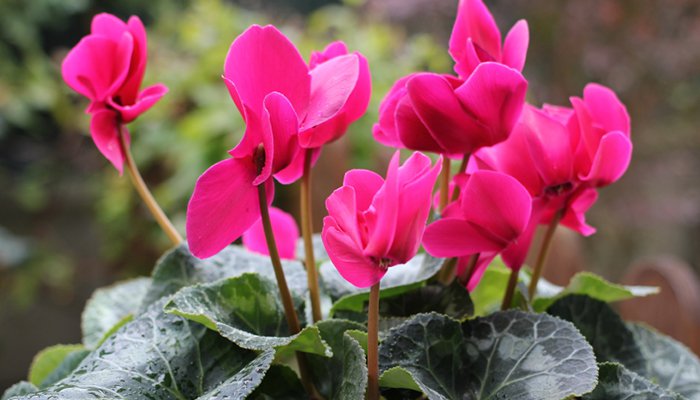 Composting sounds complicated to many of us. But it doesn’t have to be. Compost is an excellent addition to your garden to keep it healthy and thriving, as well as a terrific way to reuse and recycle. Composting is simply a way to create an environment that encourages the growth of bacteria and microorganisms that speed the process of decomposition, which creates rich, organic material that makes great free garden fertilizer. Composting is a responsible way to keep waste out of landfills, as food scraps and yard waste account for approximately 20 to 30% of what we discard. Successful composting requires just three basic elements —
Composting sounds complicated to many of us. But it doesn’t have to be. Compost is an excellent addition to your garden to keep it healthy and thriving, as well as a terrific way to reuse and recycle. Composting is simply a way to create an environment that encourages the growth of bacteria and microorganisms that speed the process of decomposition, which creates rich, organic material that makes great free garden fertilizer. Composting is a responsible way to keep waste out of landfills, as food scraps and yard waste account for approximately 20 to 30% of what we discard. Successful composting requires just three basic elements —
* Browns — includes natural materials such as branches, twigs and dead leaves.
* Greens — includes grass clippings, coffee grounds, fruit and vegetable scraps
* Moisture — the right amount of water helps with the decomposition process
A compost pile should always have an equal ratio of browns to greens, and should have alternating layers or organic materials of various sized particles. Browns provide necessary carbon and the greens provide the nitrogen. Water assists in breaking down organic matter. There are numerous benefits to composting, including enriching the soil and helping it retain the moisture it requires to fight off plant diseases and destructive insects, and by reducing emissions of methane from landfills. Composting at home is simple and doesn’t require many materials. All you should need is a pitchfork or square-point shovel for adequate mixing and turning of compost piles, and a hose with a spray head. You can create a compost either with or without a bin, which you can purchase at a garden center, or build yourself.
1. Choose a dry, shaded area near a source of water for your compost bin or pile.
2. Add both brown and green material, making sure any large pieces are chopped or shredded into small sizes.
3. Maintain moisture to any dry materials as they are added.
4. Once you’ve established your pile, mix green waste and grass clippings, and bury any fruit and vegetable waste about 10 inches under the pile.
5. It isn’t necessary, but is recommended that you keep a tarp over your pile to help keep it moist.
When the material at the very bottom of your compost pile is a rich dark color, it is ready for use. This can typically take anywhere from two months to two years. Stay diligent attending your compost so it will not attract rodents and other pests, and to keep odors to a minimum. Composting is essential to the soil, rich with beneficial components for your garden, which increases its capacity to retain water, and invigorates plants and flowers with a multitude of natural nutrients to enhance healthy growth. So start a compost today, and not only will you see a boost in your garden’s health, but you will be helping the environment as well.
Photo Credit: Thinkstock











